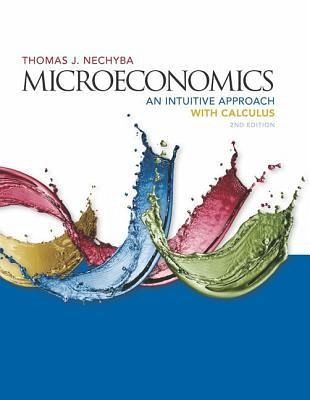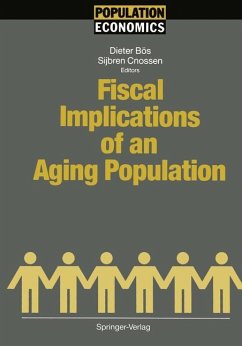
Microeconomics: An Intuitive Approach with Calculus
Versandkostenfrei!
Nicht lieferbar
Should you rent a car or take taxis while on vacation? How do coupons change demand? Should we subsidize oil drilling to make us less dependent on foreign oil? MICROECONOMICS: AN INTUITIVE APPROACH WITH CALCULUS, 2E explains the economic theory underlying day-to-day choices. The A sections of each chapter introduce concepts using intuition, conversational writing, everyday examples, and graphs. The B sections cover the same concepts with accessible mathematical analyses that assume you have one semester of single-variable calculus. MindTap® is now available with interactive, animated Video Gr...
Should you rent a car or take taxis while on vacation? How do coupons change demand? Should we subsidize oil drilling to make us less dependent on foreign oil? MICROECONOMICS: AN INTUITIVE APPROACH WITH CALCULUS, 2E explains the economic theory underlying day-to-day choices. The A sections of each chapter introduce concepts using intuition, conversational writing, everyday examples, and graphs. The B sections cover the same concepts with accessible mathematical analyses that assume you have one semester of single-variable calculus. MindTap® is now available with interactive, animated Video Graph Presentations that bring each graph from the book to life. Improved navigation and chapter markers let you use this resource with ease. New Progression Graphs in the eReader separate economic concept graphs into finite steps that you can walk through at your own pace.












